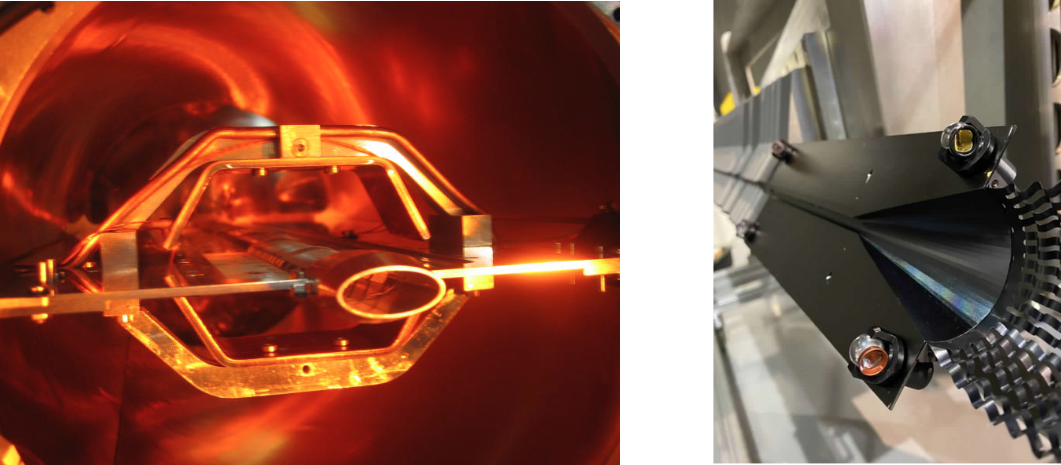A storage cell for LHC
Over the past 20 years, the INFN Section of Ferrara has developed a solid and acknowledged experience in the design and construction of storage cells for gaseous targets. The use of this technology has had a significant impact in the field of experimental hadronic physics. Examples of the application of this technology are the target of the HERMES experiment at HERA (DESY), operated from 1995 to 2007, that of the OLYMPUS experiment at DORIS (DESY), operated in the period 2012-2013, and that of the PAX/JEDI experiment, currently in operation at COSY (Forschungszentrum Julich). The storage cell, typically made of a 50-200 mm thick layer of aluminum with cylindrical geometry, is placed inside the beam-pipe of the accelerator, coaxially with the beam. The latter then intercepts directly the target gas contained into the cell, without interacting with other materials, as in the case of solid targets. Furthermore, with respect to the more traditional gaseous jet targets, the use of a storage cell allows to reach areal densities of the order of 1013-1014 atoms/cm2, i.e. up to two orders of magnitude higher. The experience acquired by the Ferrara Section in the framework of CSN3 experiments, has recently allowed to develop a storage cell for the LHCb experiment (SMOG2 project). Starting from RUN3 (2021), LHCb will therefore be the only LHC experiment to be provided with two distinct interaction points and the possibility of operating simultaneously in two collision modes: collider and fixed-target mode. The beam-gas collisions will occur at a center-of-mass energy of 115 GeV for proton beams and 72 GeV for lead beams. SMOG2 will allow to carry out precision studies in the field of QCD and astroparticle physics in essentially unexplored kinematic regions.
Find more details in: http://w3.lnf.infn.it/un-bersaglio-fisso-per-lhc/.

Left: The HERMES storage cell. Right: Half of the LHCb storage cell.